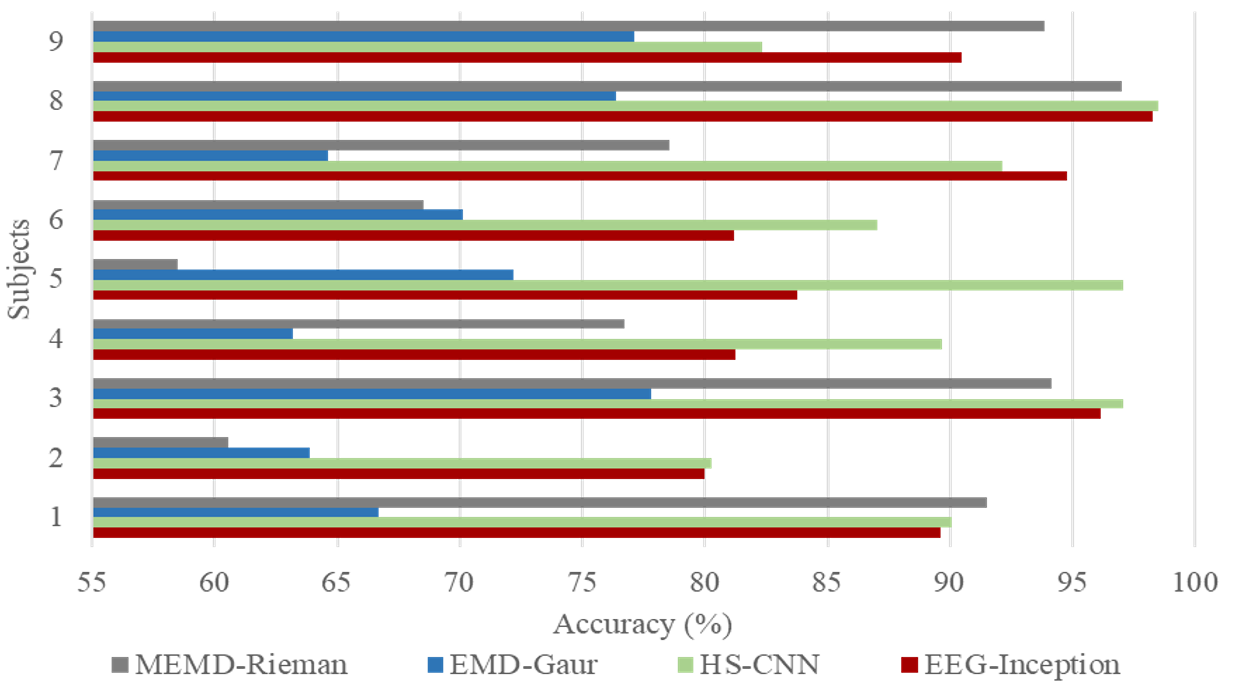Brain Computer Interfact EEG-based Motor Imagery Prediction
Past project (2020-2021) P.I. Dr. Azim Eskandarian
Brain-computer interface (BCI) is a pathway for direct communication between human brains and external devices. EEG-based motor imagery is a no-invasive mental execution for body rehabilitation. The objective of this project is to implement conventional feature extraction methods and deep learning-based methods to estimate and predict human motor imagery resutls
Time-frequency Common Spatial Pattern Feature Extraction Algorithm Paper: A Computationally Efficient Multiclass Time-Frequency Common Spatial Pattern Analysis on EEG Motor Imagery
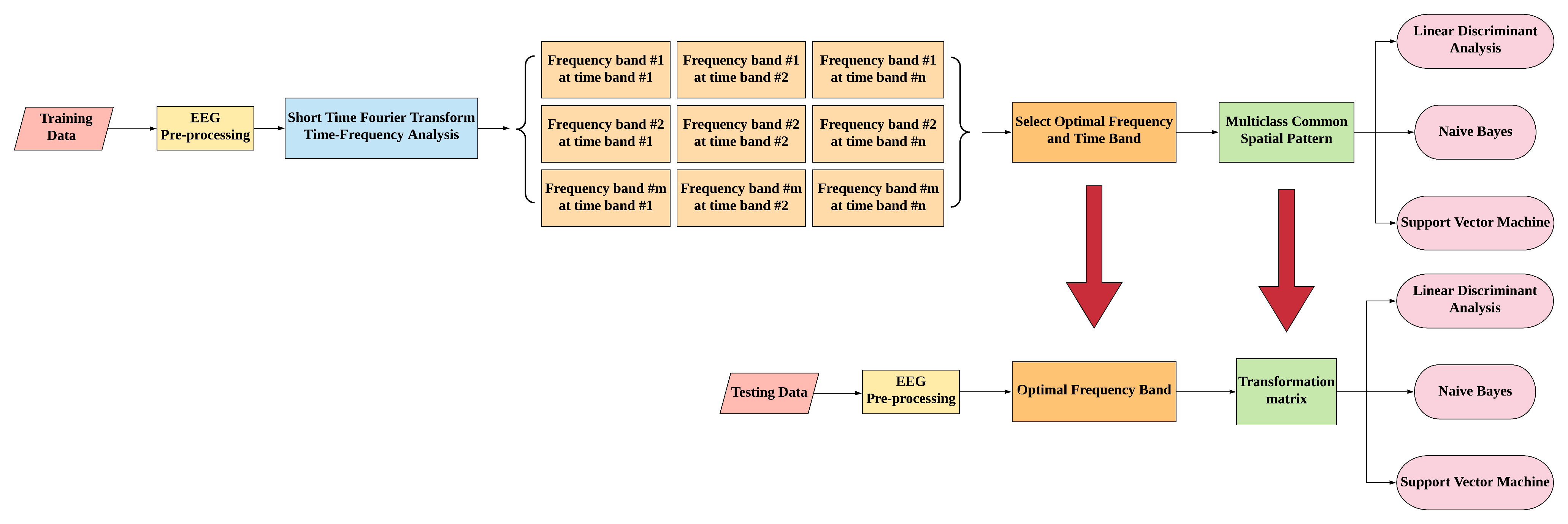
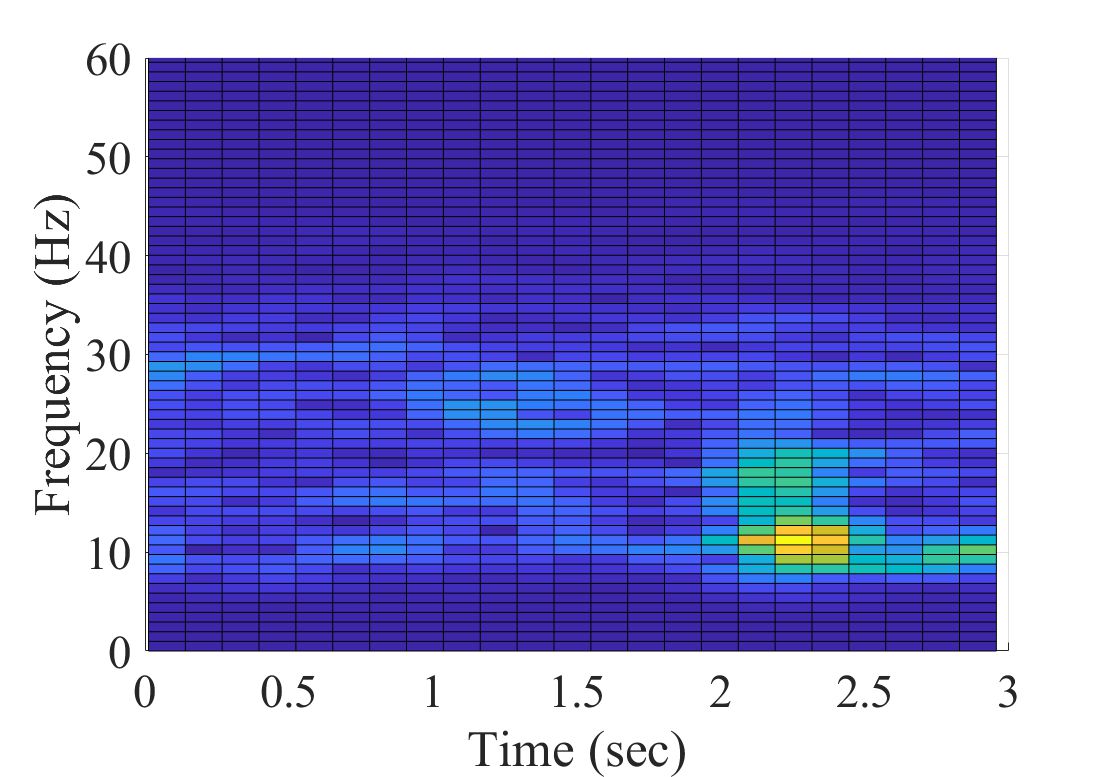

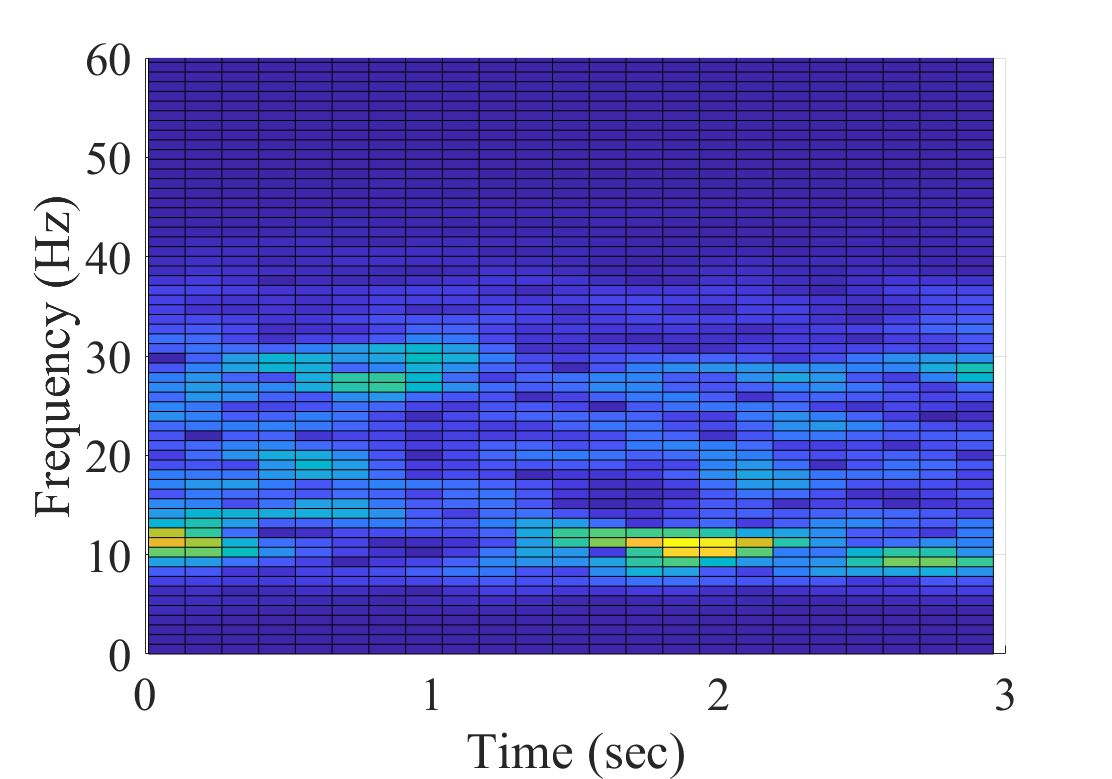

We used an open-source dataset BCI Compeition IV Dataset and the classification results outperform other popular motor imagery classification algorithms

Deep learning-based method for motor imagery classification (EEG-Inception Network) Paper: EEG-Inception: An Accurate and Robust End-to-End Neural Network for EEG-based Motor Imagery Classification

To overcome data shortage and improve the algorithm robustness, we have developed a data augmentation method by applying EEG noises to the signal.
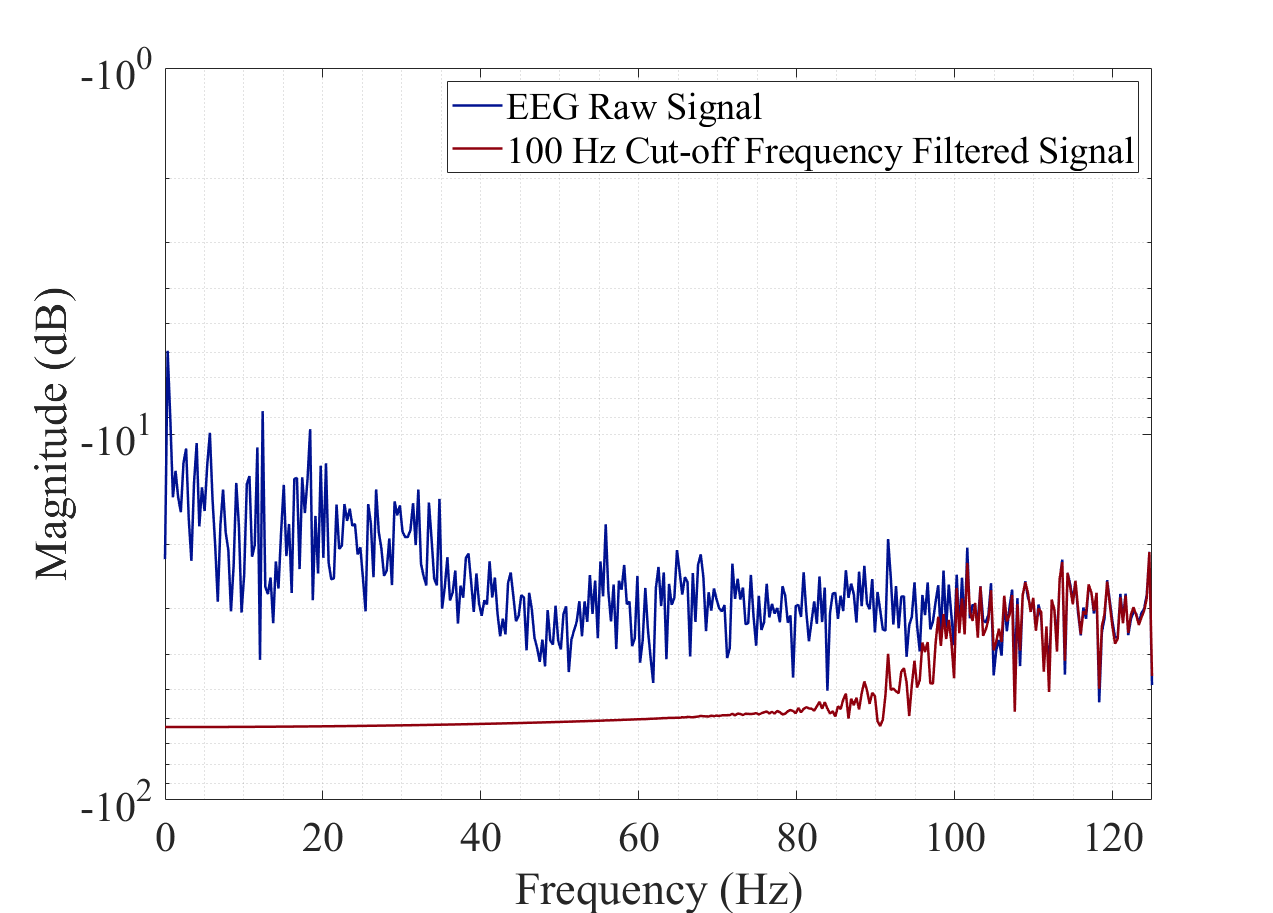
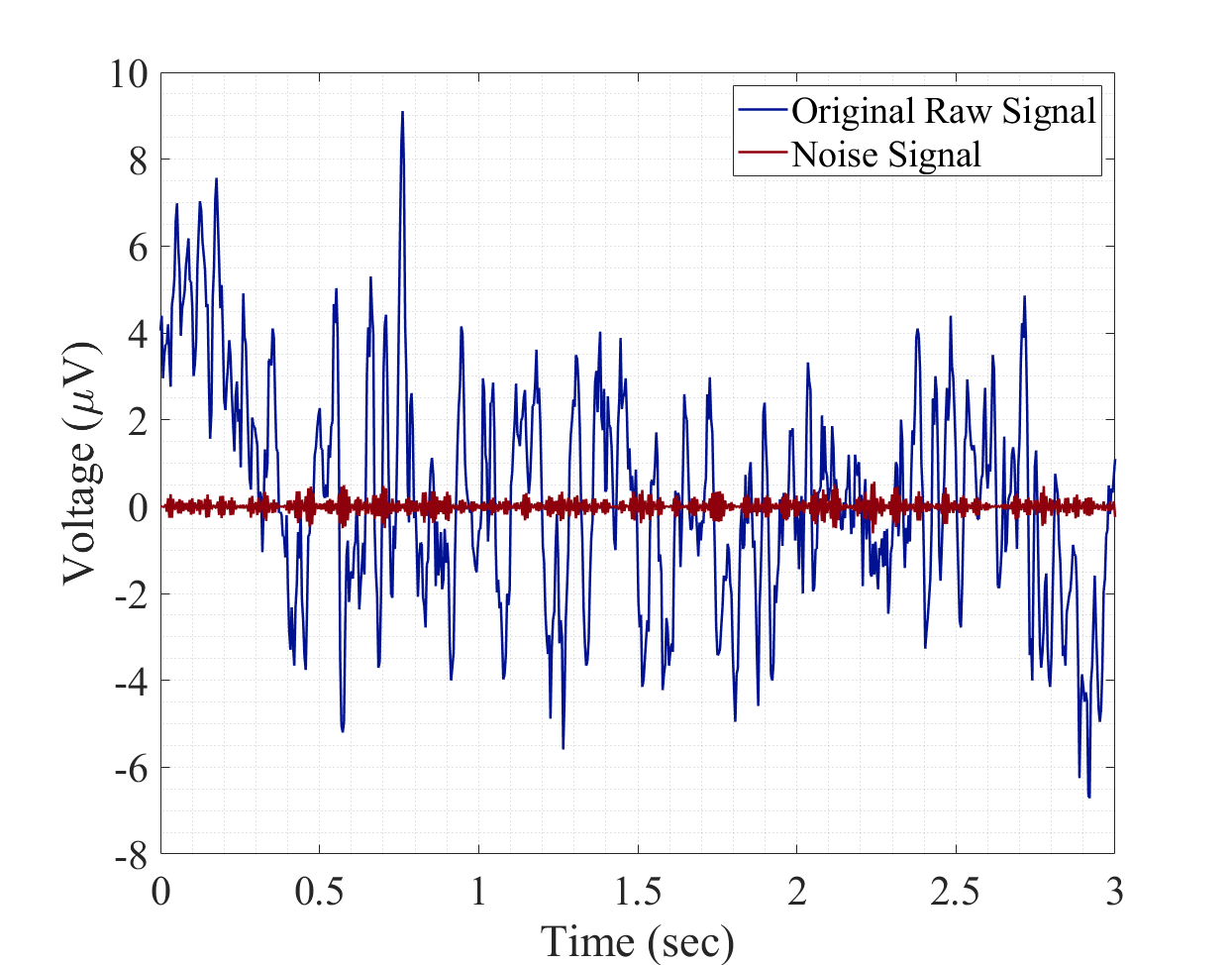
The classification results ranked 2nd place on the BCI Competition IV dataset 2a (binary classes) and SOTA and the BCI Competition IV Dataset 2b (multiple classes)

